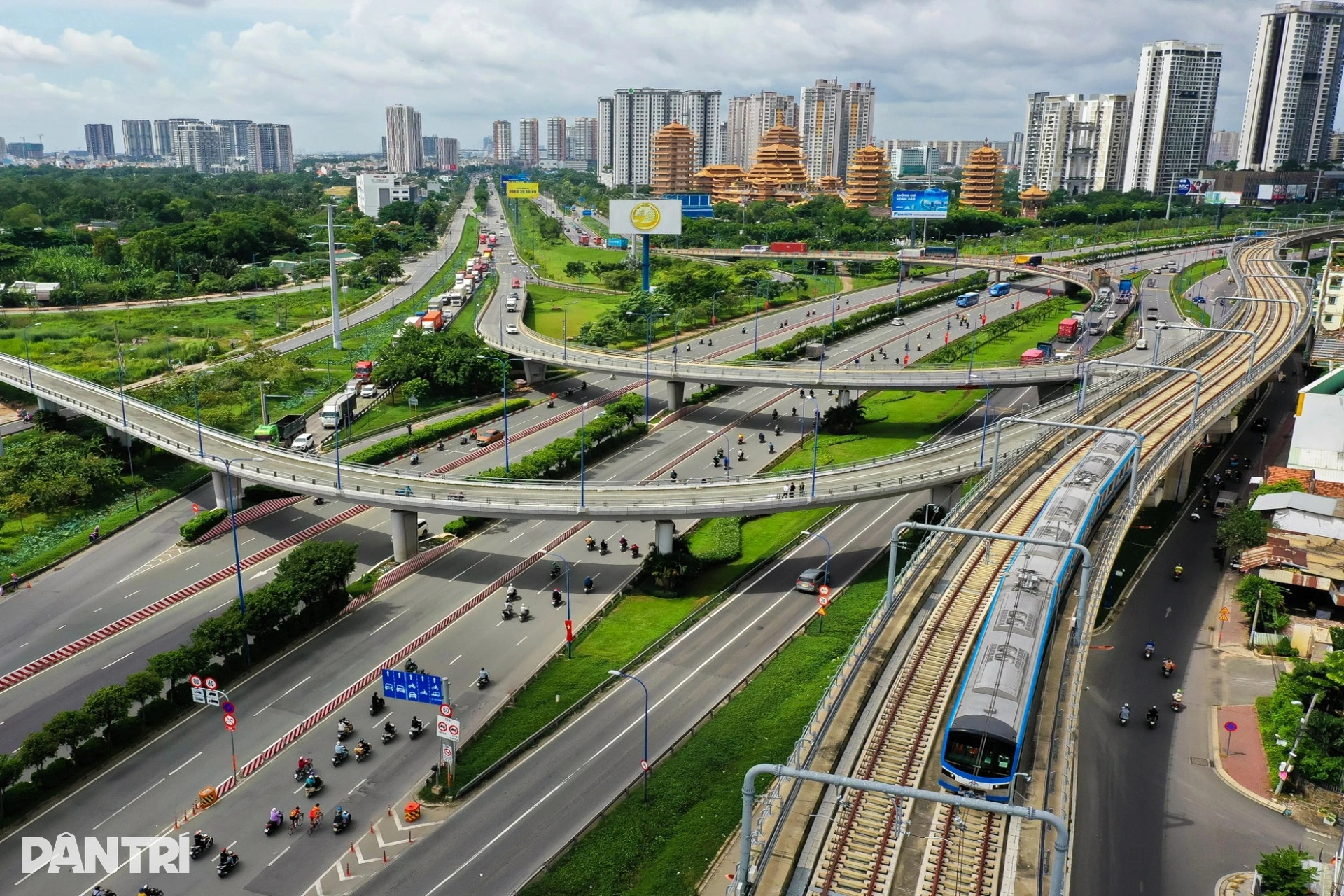
Economic locomotive position and challenges
The Southeast region is identified as having a particularly important strategic role and position in terms of politics , economics, culture, society, national defense, security and foreign affairs of the whole country.
In 2024, the gross regional domestic product (GRDP) of the Southeast region will reach over VND3.7 million billion, ranking first among the economic regions of the country. This year, many localities in the Southeast region set a target of double-digit GRDP growth.
The Southeast also has a strongly developing and dynamic private economic sector with the largest number of enterprises in the country; it is the region attracting the largest foreign direct investment (FDI) in the country.
However, this region still has many limitations and difficulties such as development not commensurate with its potential and advantages; economic growth tends to slow down. In particular, the regional and inter-regional infrastructure network, especially the intra-regional and inter-regional transport infrastructure, is still lacking, weak, and unsynchronized, affecting the development and spread of the region.
For example, before the administrative boundary merger, the connection between Ho Chi Minh City and Binh Duong was often congested, most notably via National Highway 13. While Binh Duong has proactively expanded the road, cleared the land and completed it, Ho Chi Minh City has not seen many changes.
It is also a story of connection, the traffic infrastructure from Ho Chi Minh City to Tay Ninh or Dong Nai provinces, the Southwest region has not been invested in properly, slow implementation creates bottlenecks. Ho Chi Minh City - Long Thanh - Dau Giay Expressway, Ho Chi Minh City - Trung Luong - My Thuan Expressway after many years of completion, put into use often occurs overload, traffic jams. Some belt roads such as Ring Road 3, Ring Road 4... after many years are still not completed, even just stopping at the policy level.
Many businesses have complained about the high cost of logistics and labor from Ho Chi Minh City to neighboring provinces, due to traffic jams and overloaded infrastructure. A representative of a plastic company said that it took 4 hours to transport goods from Phu My (Ho Chi Minh City) to an industrial park in Binh Duong for a distance of just over 50km. For the same distance, the travel time is only about 1 hour from the suburbs to the center of Bangkok or Kuala Lumpur.
The lack of a synchronous traffic infrastructure and prolonged traffic jams have also made it difficult for many people living in the outskirts of Ho Chi Minh City to travel to the city center. Mr. Xuan Doan (An Khanh Ward, Ho Chi Minh City) recounted the experience of "terrible traffic jams" from Lai Thieu (formerly Binh Duong) to the inner city of Ho Chi Minh City, with a travel time of more than 1 hour for about 20km of road via National Highway 13.
It also took Mr. Doan and his family nearly 4 hours to travel from Ho Chi Minh City to Vung Tau on the Ho Chi Minh City - Long Thanh Expressway and National Highway 51.
Dr. Tran Du Lich once admitted that the Ho Chi Minh City metropolitan area before the merger had been formed for a long time but had not yet fully exploited its potential because there was no regional administrative organization mechanism, and everyone was still doing their own thing. "Building a bridge connecting two provinces and discussing where to put it would take a whole year without a final decision," he said.
New look after merger
The major policy of merging 2-level administrative units has opened up opportunities and a new look for the Southeast region. After the merger, this region includes 3 provinces and cities: Ho Chi Minh City (merging Ho Chi Minh City, Ba Ria - Vung Tau and Binh Duong), Dong Nai (merging Dong Nai and Binh Phuoc), Tay Ninh (merging Tay Ninh and Long An). With its particularly important position, the Southeast region still plays the role of an economic locomotive, a growth pole for the country's development.
The (new) Southeast region has an area of over 28,000 square kilometers, a population of nearly 21 million people and a GRDP of over 150 billion USD. This region has nearly 23,000 FDI projects (accounting for 55.4%) with a total investment capital of over 205 billion USD (accounting for nearly 42%).
In particular, Ho Chi Minh City has just become the largest "super city" in Vietnam, laying the foundation for a new, multi-center, integrated and sustainable development model, creating the premise for Ho Chi Minh City to rise to become a leading developed city in the region.
The Resolution of the 1st Ho Chi Minh City Party Congress also determined the vision of Ho Chi Minh City as an "international megacity", an economic, financial, scientific - technological, innovation and cultural center of the Southeast Asian region. The Resolution sets out 3 strategic breakthroughs and 30 key development targets for the term, notably the average GRDP growth target of 10-11%/year; by 2030, GRDP per capita will reach about 14,000-15,000 USD, digital economy will account for 30-40% of GRDP...
By 2045, Ho Chi Minh City will be among the top 100 cities in the world, worthy of being an "international megacity" of Southeast Asia; an economic, financial, tourism, service, educational, and healthcare center of Asia; an attractive global destination...
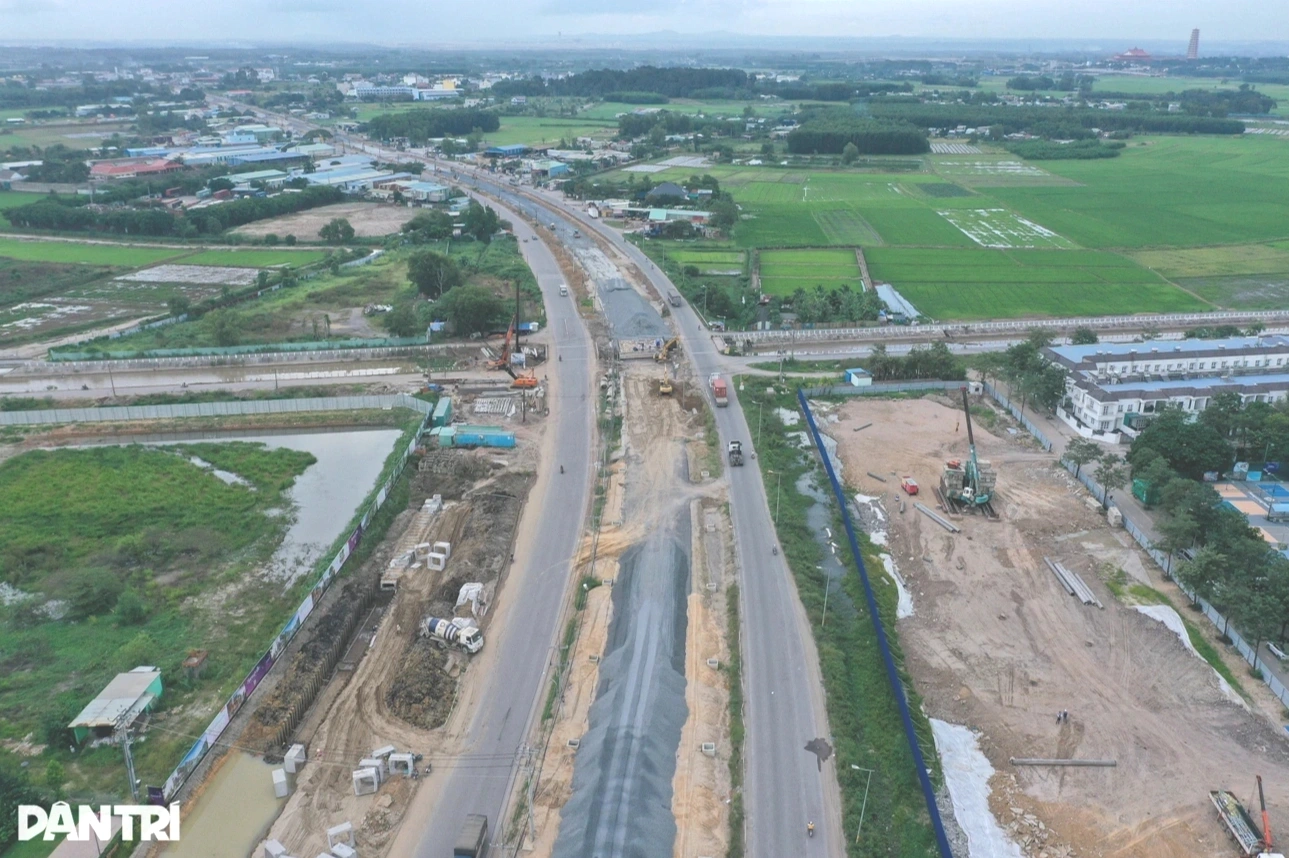
Project to upgrade Provincial Road 25B, the main route connecting Ho Chi Minh City with Long Thanh Airport (Photo: Nam Anh - Phuoc Tuan).
Dr. Architect Ngo Viet Nam Son agreed that the merger of the three Southeast provinces of Ho Chi Minh City, Binh Duong, and Ba Ria - Vung Tau will certainly open up many new opportunities to take advantage of advantages and strengths, creating much more attractive prospects than at present.
Ho Chi Minh City, from its multi-center urban planning (with the inner city and surrounding satellite cities), will be upgraded with a vision of three strategic development driving poles. In which, the central driving pole is Ho Chi Minh City's inner city, the northern driving pole is Binh Duong, and the southern pole is the coastal urban chain of Ba Ria Vung Tau - Can Gio. The new planning will bring Ho Chi Minh City advantages on an urban scale that it did not have before, experts emphasized.
The connecting "blood vessels" are forming
Facing a new turning point opportunity, Ho Chi Minh City and neighboring areas have recently undergone a strong transformation in terms of transport infrastructure. A series of key projects have been completed or commenced, upgraded, and newly invested in. Since then, the urban landscape has changed significantly, and regional connectivity has been enhanced.
The most notable achievement is that Terminal T3 of Tan Son Nhat Airport was put into operation on April 30 with a total investment of nearly 11,000 billion VND. Along with that, Long Thanh International Airport (Dong Nai Province) with a capital scale of about 5 billion USD is also being accelerated to basically complete this year.
Long Thanh Airport is expected to become the development nucleus of the Southern key economic zone, creating a strong driving force for the mega-city of Ho Chi Minh City after the merger. Along with that, the system of beltways, expressways, and high-speed railways (metro) is also being accelerated.
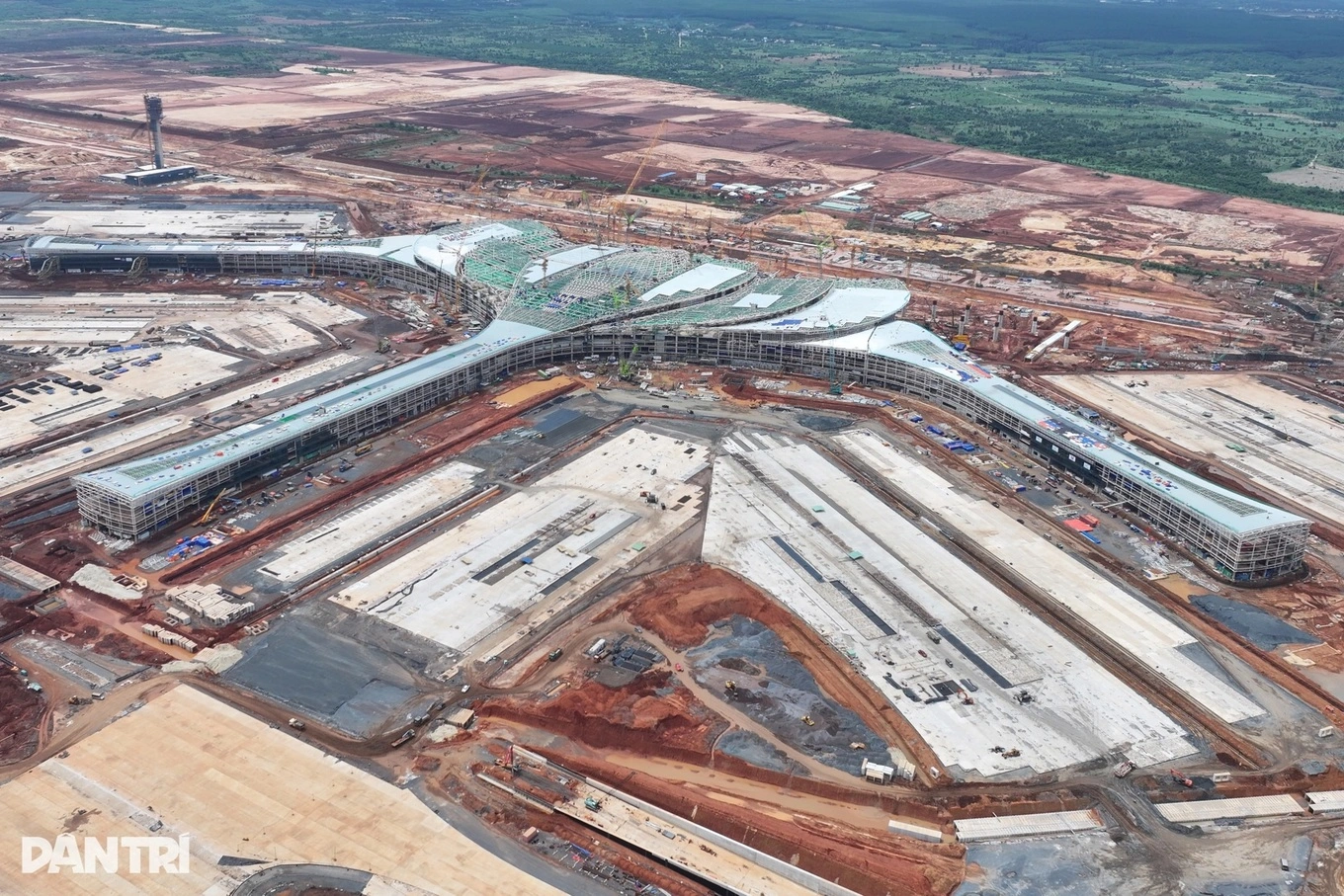
Long Thanh Airport is being accelerated (Photo: Phuoc Tuan).
Of which, Ho Chi Minh City Ring Road 3 has a total length of 76km connecting Ho Chi Minh City, old Binh Duong, old Dong Nai, old Long An with an investment capital of more than 75,000 billion VND. The goal is that by December 19, Ho Chi Minh City Ring Road 3 will open to technical traffic more than 41km of highway and open to traffic the entire project on June 30, 2026.
Meanwhile, Ho Chi Minh City Ring Road 4 has a length of about 159km, with a total preliminary investment of more than 120,000 billion VND, and is expected to be completed by the end of 2028. The route passes through Ho Chi Minh City, Long An (old), Ba Ria - Vung Tau (old), Dong Nai (old), Binh Duong (old), of which nearly 40% of the length passes through Long An (old). The section through Binh Duong province (nearly 48km) was started last June.
High-speed railways (metro) also change the face of the southern urban area. Metro line No. 1 (Ben Thanh - Suoi Tien) will officially operate at the end of 2024, connecting the center of Ho Chi Minh City and the eastern region. Along with that, 2 new metro lines from Ho Chi Minh City to Binh Duong (old) are also being studied for investment with a total investment of about 100,000 billion VND.
Bien Hoa - Vung Tau Expressway through Dong Nai Province and Ho Chi Minh City Ring Road 3 are also being promoted, contributing to the socio-economic development of the province and the Southeast region, while connecting directly to Long Thanh Airport. According to the commitment of the investors, by December 19, Bien Hoa - Vung Tau Expressway and Ho Chi Minh City Ring Road 3 through Dong Nai will be qualified for technical traffic, meeting the expectations of the people.
The Cai Mep Ha, Cai Mep Ha downstream seaport systems and Can Gio international transit port associated with the logistics system are also identified as development priorities in the Resolution of the 1st Ho Chi Minh City Party Congress (term 2025-2030). According to the congress documents, the Cai Mep - Thi Vai - Can Gio port cluster will be developed according to the digital super port model and integrated logistics system - operated by big data.
Ms. Giang Huynh - Director of Research Department, Savills HCMC - commented that the merger of HCMC creates a new economic - urban center with strong competitiveness, maximizing the natural, geographical and infrastructure advantages of the three localities.
The adjacent location and synchronous traffic system connecting the three localities make economic and urban space planning more convenient and effective. The expanded land fund creates conditions for population dispersion strategies, satellite urban development and the construction of new modern urban areas. In addition, the expected synchronization of traffic infrastructure, especially the road, waterway and seaport systems, will enhance regional connectivity and improve logistics capacity, experts said.
The future of the Southeast region is expected to take off when the projects are completed, creating a modern, interconnected economic - urban - industrial - service - seaport ecosystem.
Resolution No. 306 of the Government on adjusting the National Master Plan for the 2021-2030 period, with a vision to 2050, also clearly identifies the Southeast region as the leading dynamic development center of the country, playing the role of a locomotive for growth and innovation in Vietnam's economic development model in the coming period.
In the 2026-2030 period, the Southeast region aims for an average GRDP growth rate of about 10% per year, the highest in the country. The Government aims to develop the region into a competitive center of science - technology, innovation, high-tech industry, logistics and international finance in the region.
Regarding infrastructure, Resolution 306 identifies priority for developing the Southeast region's transport system in a synchronous and strongly connected direction, including: North - South economic corridor, Central Highlands - Southeast, Ho Chi Minh City - Dong Nai - Cai Mep - Thi Vai, and the urban industrial chain Moc Bai - Ho Chi Minh City - Cai Mep - Thi Vai Port associated with the Trans-Asia economic corridor.
At the same time, the expressways connecting Ho Chi Minh City with localities and the completion of Ring Road 3 and Ring Road 4 are considered key projects to promote regional connectivity. Expressways connecting Ho Chi Minh City with localities inside and outside the region are being built, along with the Ho Chi Minh City urban railway, the railway connecting the center of Ho Chi Minh City with neighboring urban areas.
In particular, the operation of Long Thanh International Airport, the construction of Can Gio International Transit Port, along with improving the efficiency of Tan Son Nhat and Long Thanh airports; seaports in Cai Mep - Thi Vai, Hiep Phuoc, Cat Lai areas, etc., create momentum for economic development and regional connectivity.
These directions affirm the Party's correct policies and close direction, strengthening confidence in the 2030-2045 development goals.
Content: Khong Chiem
Source: https://dantri.com.vn/kinh-doanh/vung-kinh-te-trong-diem-phia-nam-hop-luc-but-pha-trong-khong-gian-moi-20251025085235413.htm





![[Photo] Prime Minister Pham Minh Chinh attends the 5th National Press Awards Ceremony on preventing and combating corruption, waste and negativity](https://vphoto.vietnam.vn/thumb/1200x675/vietnam/resource/IMAGE/2025/10/31/1761881588160_dsc-8359-jpg.webp)
![[Photo] Da Nang: Water gradually recedes, local authorities take advantage of the cleanup](https://vphoto.vietnam.vn/thumb/1200x675/vietnam/resource/IMAGE/2025/10/31/1761897188943_ndo_tr_2-jpg.webp)

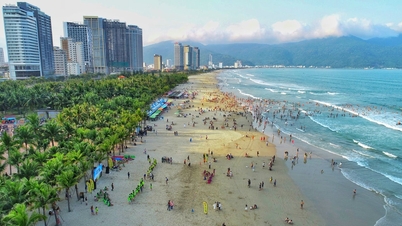





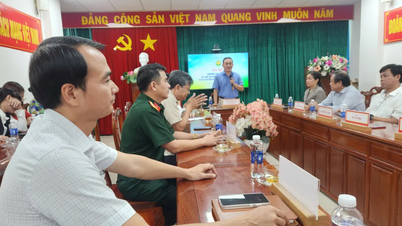

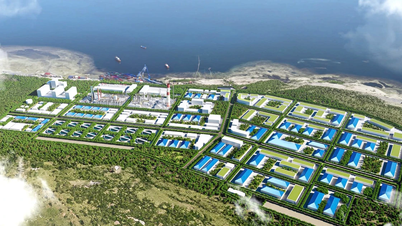

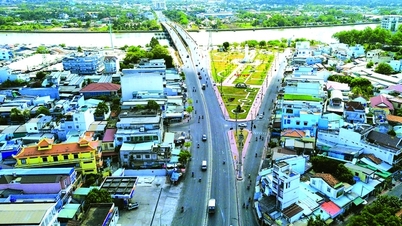
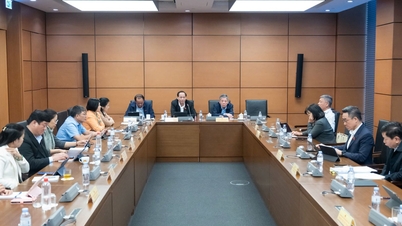

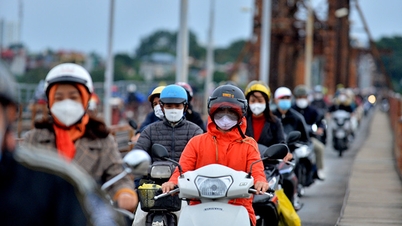
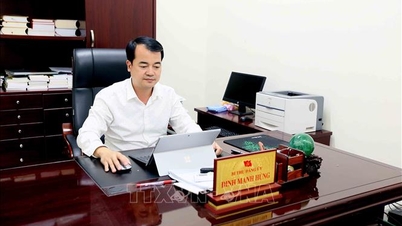
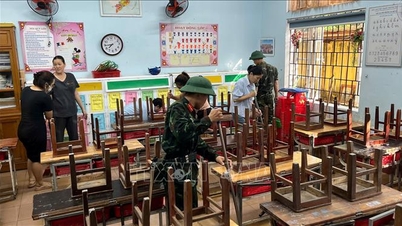
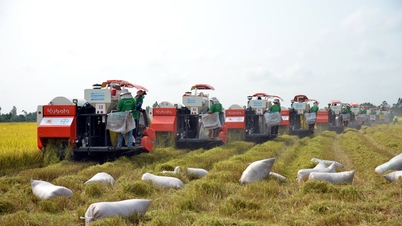







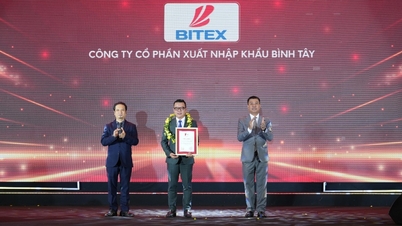







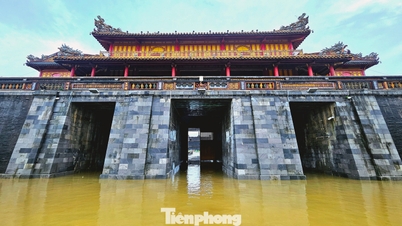

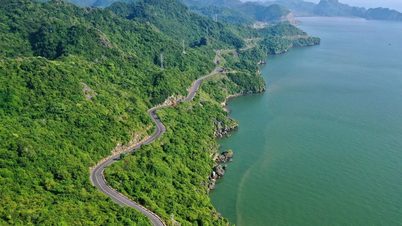











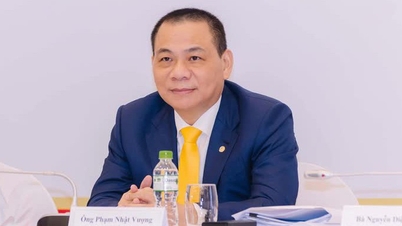

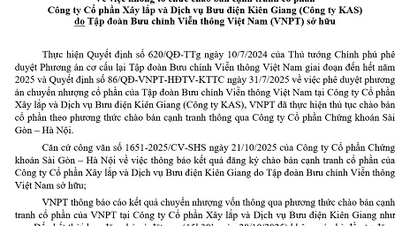


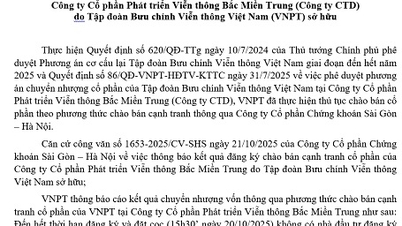
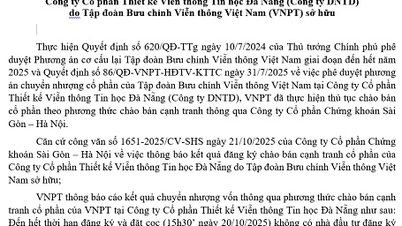






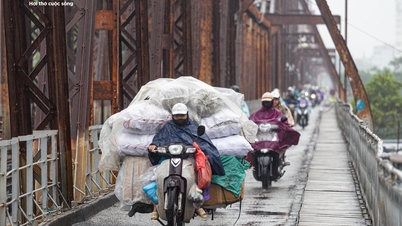
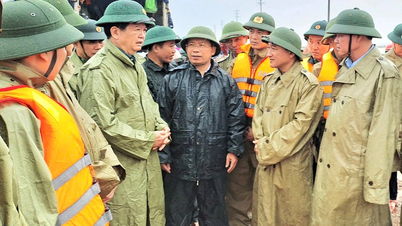

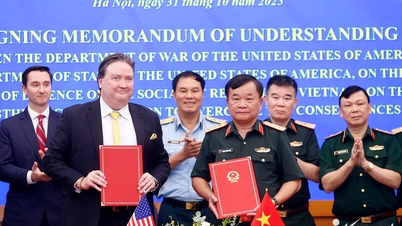


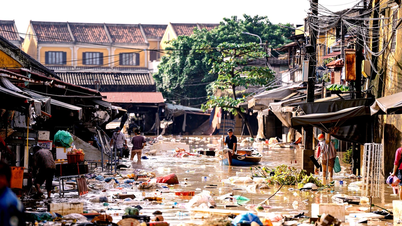

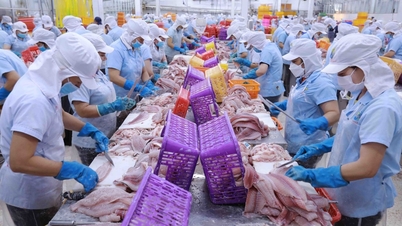


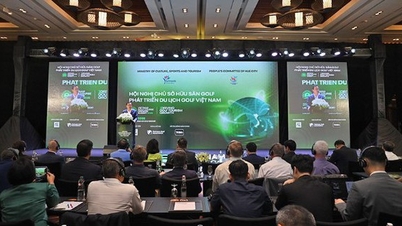

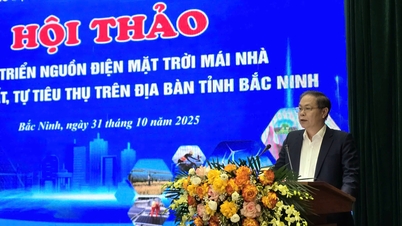
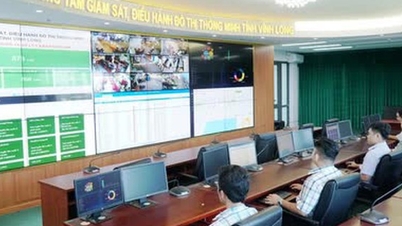

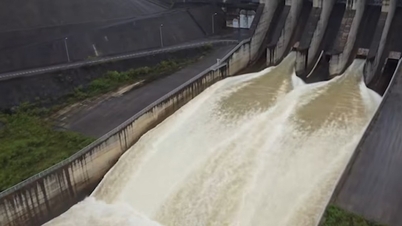

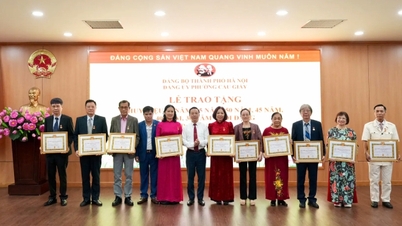
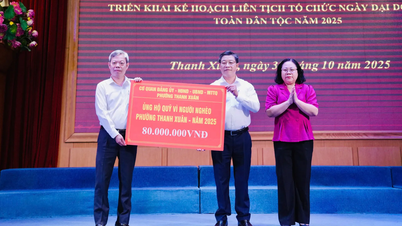
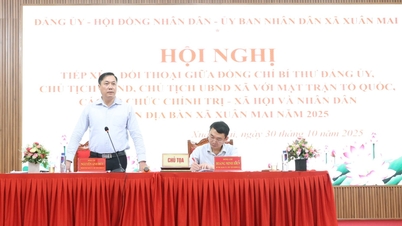
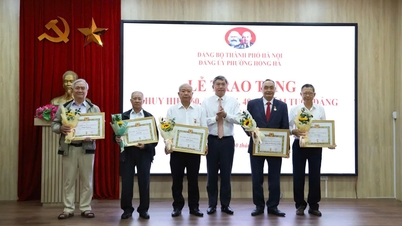














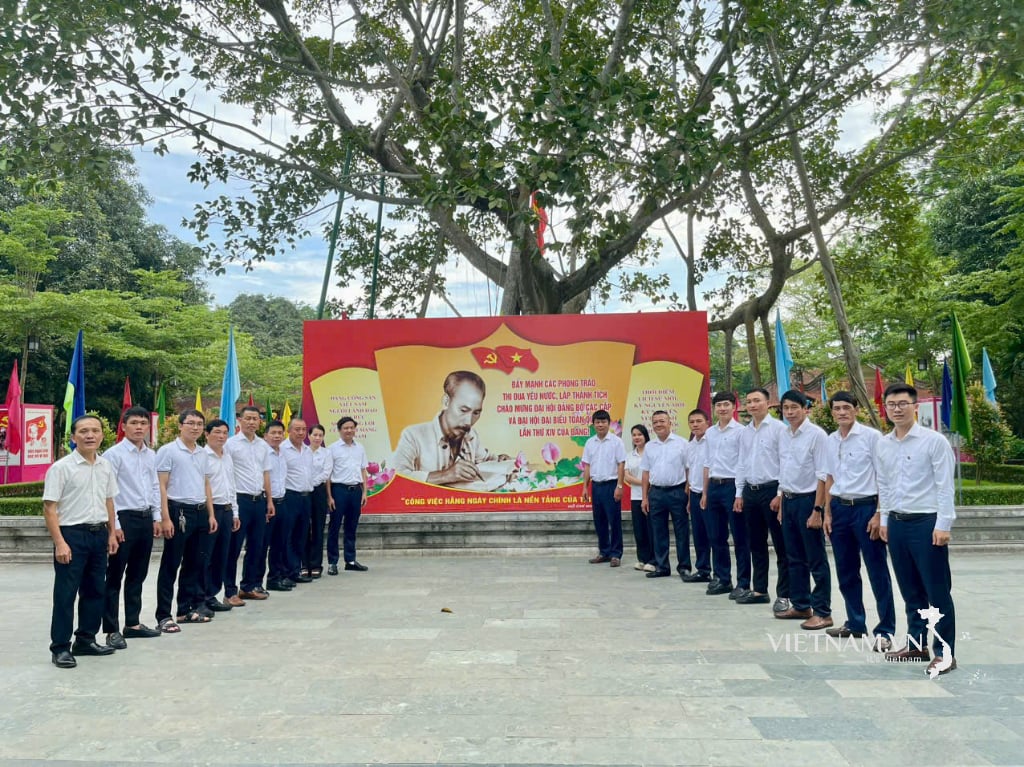


Comment (0)